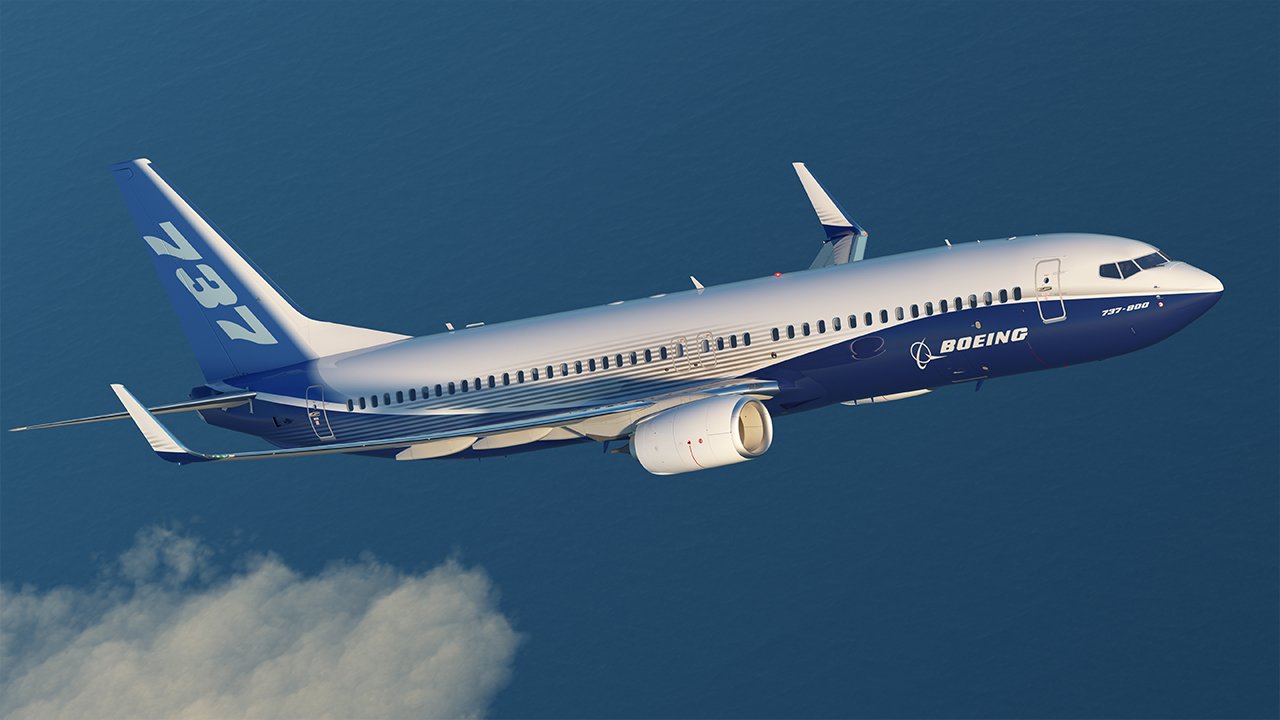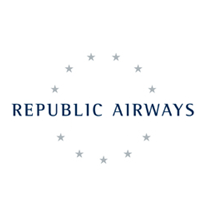Leeham News and Analysis
There's more to real news than a news release.
ISTAT Europe 2015 in Prague: LCCs and Turkish airways take over Europe
By Bjorn Fehrm
06 October 2015, ©. Leeham Co: The global airline industry is on a steady course as a whole, but there are dramatic changes within Europe as low cost carriers, plus Turkish Airlines, redraw the competitive landscape.
China’s current economic softness raises concerns, with an independent analysis concluding that economic growth here is 2%-3% instead of the announced rate of 7%-8%.
Still, the mixed messages given at the annual ISTAT meeting in Europe this week didn’t put a damper on the mood of 1,200 delegates here in Prague.
- The airlines are fine for 2015 as the fuel price is low but what about 2016? China is braking to a halt and Asia is getting infected? Will the infection spread? Will the airlines return to bad results?
- What about the European airline industry? Can the low costs units of IAG, Lufthansa and Air France-KLM compete with the up-and-coming LCCs? Who is king of long haul travel out of Europe?
- What about the order glut? When Asia slows, will the order bubble break?
Evaluating airliner performance, Part 4
By Bjorn Fehrm
Subscription required.
Introduction
Oct. 05 2015, ©. Leeham Co: In the final part of our series about comparing and evaluating economic and operational performance of airliners, we will combine the different Cash Operating Costs (COC) with the capital and insurance costs to form the Direct Operating Costs (DOC).
We will also look at typical values for the different costs that make up the DOC for a single aisle Boeing 737 or Airbus A320 aircraft and a typical dual aisle Boeing 787 or Airbus A330neo aircraft.
Summary:
- We describe the cost that form an aircraft’s capital costs and how these differ between an ownership or a lease model.
- When forming the Direct Operating Cost (DOC). The low fuel price of $1.50 per US Gallon has lowered the fuel’s part of DOC to around 20% for single aircraft and 30% for dual aisle aircraft on their typical mission types.
- This means that other costs types in the DOC gets a more dominant role. We show which are the costs to look out for.
- Finally we give the typical CASM (Cost per Available Seat Mile) values for single and dual aircraft in the market.
Pontifications: Boeing view of market conditions today
Sept. 14, 2015, © Leeham Co.: Randy Tinseth, Boeing’s VP Marketing, spoke with Bernstein Research last week on a variety of topics. In a note issued after the conversation, analyst Douglas Harned reported:
- “Boeing views the 140 orders to date as a good start, and that high demand for this model will come later when it is closer to being in service. Boeing is sold out for all models of the 787 through the decade, so there are few opportunities for near/medium term deliveries in any case. The company sees the 787-10 as a natural replacement for 767s, A330s and some 777s, and expects that these will drive strong replacement

Randy Tinseth. Photo: Boeing.
demand in the early 2020s.”
- “Airlines have been upgauging narrowbodies away from the 737-700 and A319. Boeing expects that the 737-900ER will gain share, but that the 737-800 (or soon the 737MAX-8) will remain its most popular narrowbody. Airlines have been moving to larger narrowbodies and using slimline seats to add capacity to existing airplanes. Boeing believes that, while this trend does exist, the market will be centered on the 737-800/A320-size airplanes, but with a larger share than in the past going to 737-900s/A321s. Boeing believes that its product set offers greater flexibility since the 737-800 and 737-900ER are closer together in size that are the A320 and A321.”
- “In terms of orders for the 777, the companyis sold out in 2016 and is over 60% sold out for 2017, with many campaigns in progress. Production of the 777X would start in 2018 and current 777 rates will be lowered to introduce the 777X in the final assembly line (consistent with our projections). There are some 737NG slots left in 2018 and 2019, but the first available slots for the 737MAX are now in 2021.”
A321s in Airbus Mobile FAL
Sept, 13, 2015, (c) Leeham Co., Mobile (AL): The first two A321ceos are on the Final Assembly Line (FAL) at the new Airbus plant here in Mobile (AL).
at the new Airbus plant here in Mobile (AL).
JetBlue is scheduled to take the first delivery in the second quarter next year, followed by an A321ceo for American Airlines by the end of next year.
The slow pace reflects the need to certify every step of the assembly process, which begins nest week with an audit by Europe’s EASA, through the learning curve necessary for a new facility and training the hundreds of employees initially hired.
By the end of next year, Airbus plans to be assembling A320ceos at the rate of four per month, the initial target for this first manufacturing facility on US soil. The plant has the capacity to produce eight a month.
Boeing faces 737 production gap: analysis
Subscription Required.
Introduction
Sept. 2, 2015, (c) Leeham Co. Boeing faces a production gap for the 737, based on an analysis of the delivery streams of the 737NG and the 737 MAX.

There’s a production gap for the Boeing 737 more than 100 airplanes, according to a Leeham Co. analysis. Boeing photo.
While focus of Boeing production gaps has been on the 777 Classic and, to a lesser extent, the 747-8, few have analyzed the production gap for the 737 line. Boeing announced rate increased from 42/mo to 47/mo in 2017, the year the MAX enters service, and again to 52/mo the following year. The company is studying taking rates even higher, to 60/mo, by 2020. Boeing cites a large backlog and continued demand for the 737 for boosting production rates.
But Market Intelligence indicates emerging concerns about the gap.
Summary
- We see a gap of perhaps 100-200 737s in 2017 and 2018, even as the 737 MAX is “feathered” into production of the 737NG.
- Beyond 2018, the apparent gap depends largely on the delivery stream of Unidentified MAX customers accounting for nearly 600 orders identified by the Ascend data base. Boeing lists just over 1,000 Unidentified 737 orders through July (August figures aren’t out yet), sharply higher than the Ascend data base.
- The current low fuel price environment is a concern.






 company’s last, best and final and final offer for a new pilot contract
company’s last, best and final and final offer for a new pilot contract